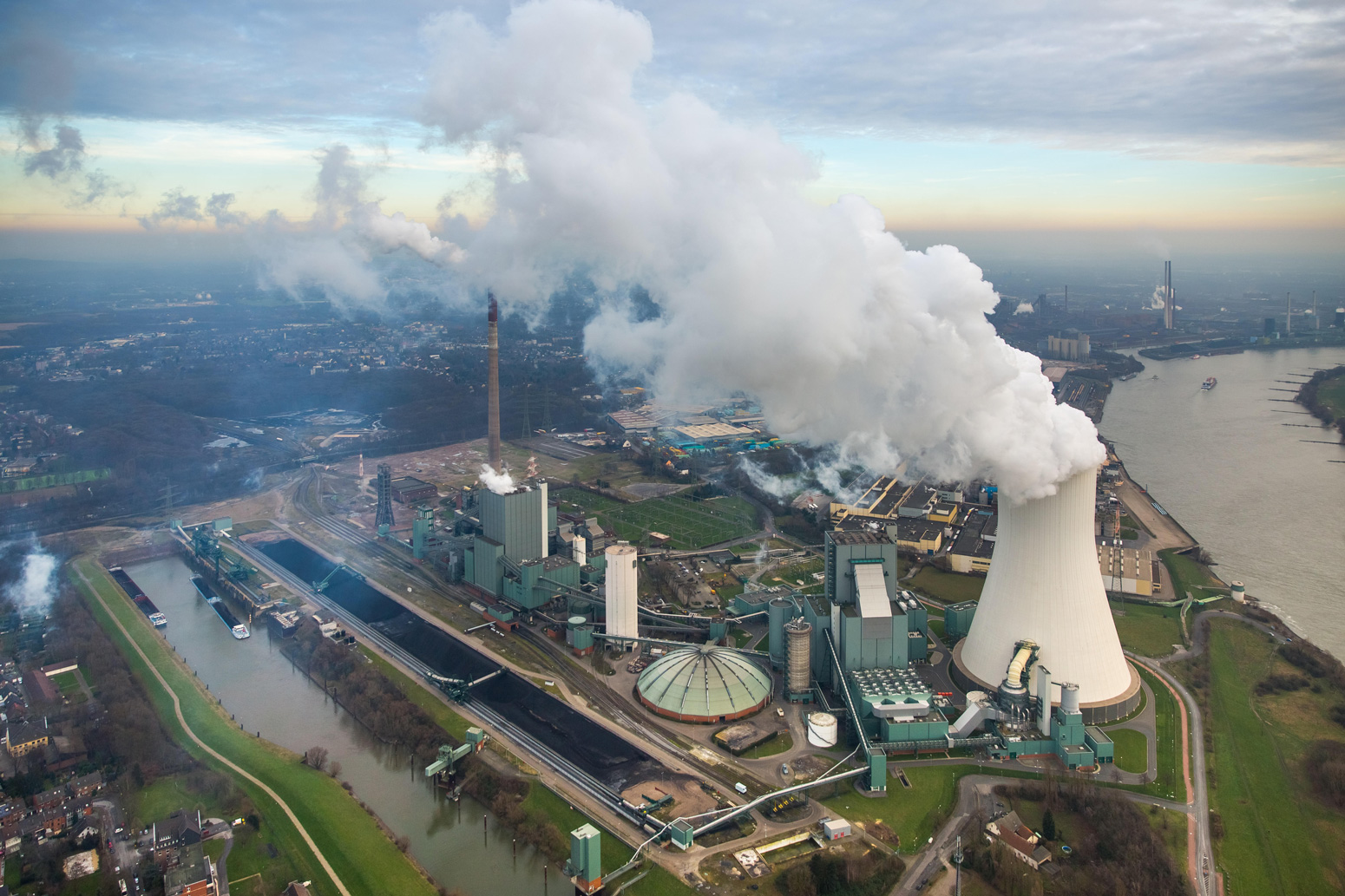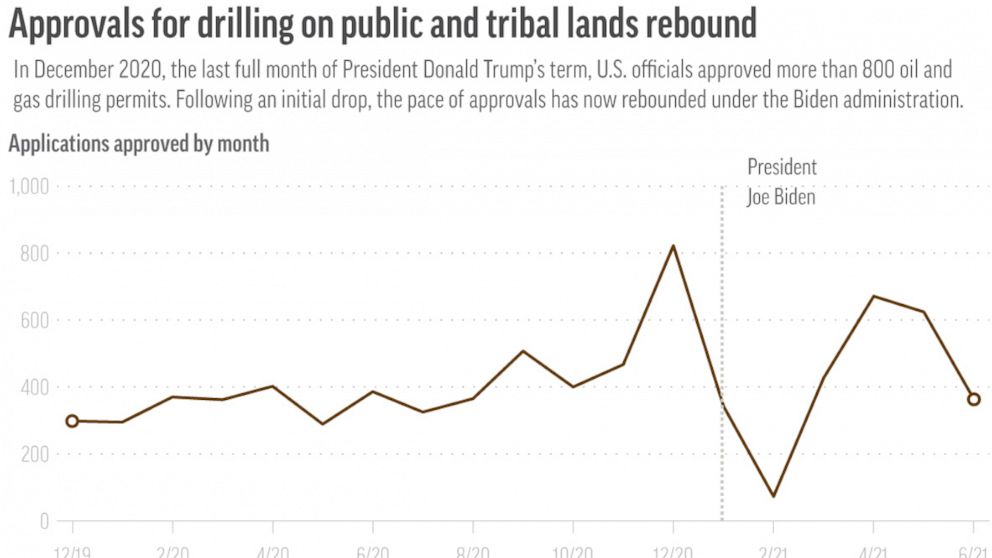That is a dubious climate change skeptic website that You posted. More Skeptic Porn from Movie-Fan!!More weather porn.
It cites all kinds of dubious numbers about the cost of hurricanes, etc., but no tangible numbers on how much those costs would be reduced. The conclusion that the net result would be a cumulative savings is completely baseless.
And I have a strong suspicion the "business-as-usual" model cited in that report is the notorious RCP.85 scenario that even climate change champions like Zeke Hausfather say is total bullshit.

Emissions – the ‘business as usual’ story is misleading
Stop using the worst-case scenario for climate warming as the most likely outcome — more-realistic baselines make for better policy.www.nature.com
If you haven't followed this one, the so-called "business as usual" model is based on a projected five-fold increase in coal production by the end of the century - a forecast that no one believes is even remotely credible.
In fact, some have questioned whether there is a large enough supply of coal reserves left on the planet to fulfil that scenario.
The creators of RCP8.5 had not intended it to represent the most likely “business as usual” outcome, emphasising that “no likelihood or preference is attached” to any of the specific scenarios. Its subsequent use as such represents something of a breakdown in communication between energy systems modellers and the climate modelling community.
While modelling potential worst-case outcomes is important, there is also a need to examine the wider range of no-policy baseline outcomes – the majority of which result in lower future emissions.
With global coal use having declined slightly since its peak in 2014, it is hard to envision a world where coal expands this dramatically in the future even in the absence of new climate policies. This is particularly true given the falling prices of alternative energy technologies in recent years. A forthcoming “expert elicitation” – where energy experts were asked to assess the likelihood of various outcomes – gives RCP8.5 only a 5% chance of occurring among all the possible no-policy baseline scenarios.
At the same time, however, it is important to recognise that predicting future emissions is inherently extremely uncertain. For example, a recent study co-authored by Nobel prize winning economist Bill Nordhaus argued that the world has a 35% chance of exceeding RCP8.5 by the end of the century. While most energy researchers think emissions of the magnitude in RCP8.5 are quite unlikely, they are by no means impossible.
While worst-case outcomes are important to take into account, particularly given the uncertainties in the magnitude of carbon cycle feedbacks, it is important that they not be considered in isolation. Taking the range of possible baseline outcomes from 6.0 to 8.5 W/m2 forcing would provide a more realistic set of scenarios for studying climate impacts in a no-policy future.

Explainer: The high-emissions ‘RCP8.5’ global warming scenario
A sizable portion of recent studies on future climate impacts have focused on a future warming scenario called “RCP8.5”. This high-emissions scenario is frequently referred to as “business as usual”, suggesting that is a likely outcome if society does not make concerted efforts to cut greenhouse...









